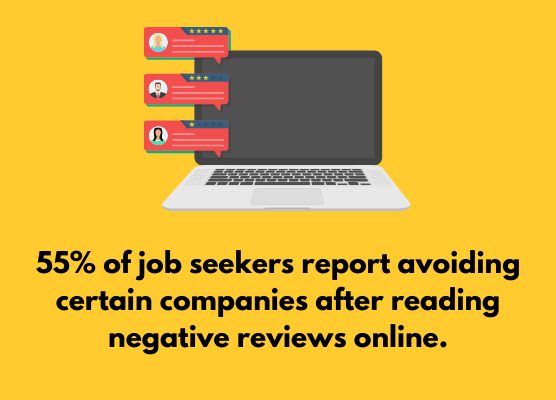You should be spending more time onboarding
Overlooking onboarding is a mistake many companies make – and it has consequences. Businesses oftentimes devote a great deal of money and manpower to attracting top talent to their organization. However, when these new hires arrive full of energy and drive, they frequently encounter a workplace ill-prepared for their arrival.
Amy Hirsh Robinson, MBA — an expert on the changing workforce and the impact of generational shifts on organizations — finds this scenario “counterintuitive” and urges leaders not to squander a golden opportunity.
“If you’re going to spend all this time and money acquiring employees and paying them to work, why not prepare them to succeed and convince them to stay?” she says.
Robinson urges companies to think of their new hires as long-term investments. Failures during the early, highly impressionable period when new staff members look for clues about your business and its culture can create unfavorable opinions that are hard to shake.
What future pay-offs and perils await from the effort (or lack of it) put into onboarding? Here’s a business case for developing a solid onboarding program.
Your onboarding process can help or harm your business
Retention
Employees who attend structured onboarding programs are 69 percent more likely to remain after three years.
A half-hearted onboarding experience makes new hires wonder if the organization truly cares about them. Within six months of starting (and often during the first 90 days), employees tend to decide whether they see themselves staying with or leaving their new employer. Those who are bored, unengaged, and confused during the initial days of employment may already have one foot out the door. A better onboarding program can save you from going back to square one by making more employees choose to stay.
While getting new hires up to speed on their role so they can start contributing is important, other factors also influence retention. Millennials, for instance, rank cementing relationships and learning the corporate culture as top challenges at a new job. Twenty-eight percent of people in this age group report having quit a job because they did not feel connected to the organization. Smart employers find ways to avert such feelings through a commitment to building bonds from day one.
Profit
Organizations with structured onboarding programs enjoy a 60 percent year-over-year improvement in revenue per full-time employee.
Obviously, staff members sticking around means employers do not need to spend as much money on recruiting people to fill positions. But these savings are just the start.
Even the best new hires require time to adjust to an unfamiliar workplace. They make errors and need to learn the specifics of their role. As they become more comfortable with operations and get experience under their belt, productivity increases. Reducing turnover results in a more knowledgeable staff whose value increases over time.
Customer satisfaction
Organizations with structured onboarding programs enjoy a 63 percent year-over-year improvement in customer satisfaction.
Clients like dealing with companies that provide steady, reliable service. Frequent personnel changes can make a business seem disorganized or even “shady.”
Again, the learning curve of new hires also comes into play. Without past information to draw on, rookie employees often cannot deliver the same level of service as seasoned peers. They may make more mistakes, take longer to perform actions, or need to ask colleagues for assistance more often. The longer new hires remain untrained, the longer customer service can suffer.
Thus, a strong onboarding program aids both new hires and the customers they serve. Effective onboarding should teach the ins and outs of the position at hand and clearly communicate how to represent the company. With this, employees have the tools they need to be successful and provide good customer service.
Respect
55 percent of job seekers report avoiding certain companies after reading negative reviews online.
Poor onboarding may not just cost your company today – it can wreak havoc on future hiring. Former employees talk, especially ones with disappointing experiences. Gaining a reputation on social media as disorganized, untrustworthy, uncaring, or simply dull will not help company recruitment efforts.
Making a bad impression during onboarding also can affect internal perceptions of the company. Management may have a hard time winning back workers who entered with high hopes and had them dashed. This loss of respect for leadership may surface at a later time in the form of increased resistance to change and new initiatives.
Impress your new hires with a smooth process
If it sounds a bit scary that so much of employee success rides on early experiences, it should. You’ll never have as captive of an audience again.
While you might not see it as a big deal, new hires will remember sitting through hours of mind-numbing paperwork and reading dull handbooks. All while longing to actually make a difference on your team. A lack of tools or being saddled on a colleague while the manager is away will leave an imprint. And feeling helpless because nobody provided the bathroom entrance code doesn’t set the stage for thinking a new employer cares about employee well-being.
On the bright side, though, is this remarkable opportunity to impress new employees and set your business apart by onboarding with intention. Your organized efforts to make new hires feel valued, supported, engaged, and welcomed will be rewarded in both the short and long term.
Additional Resources: See these 4 tips for improving your onboarding process.








